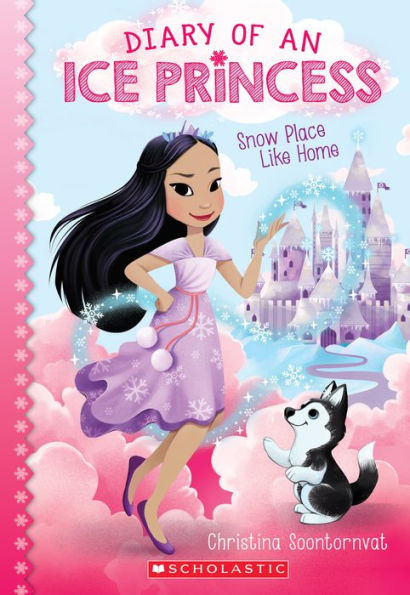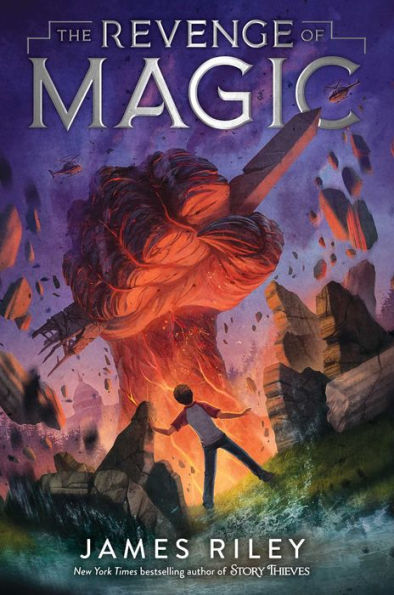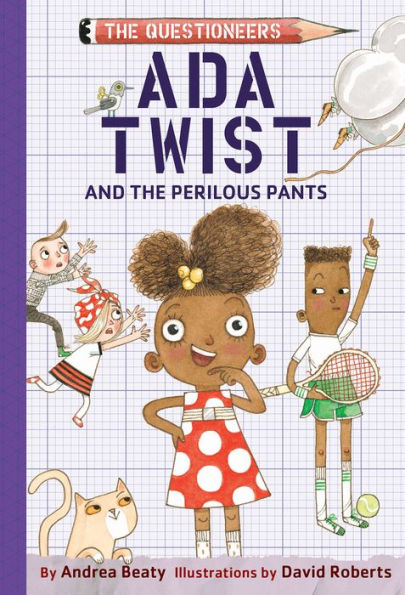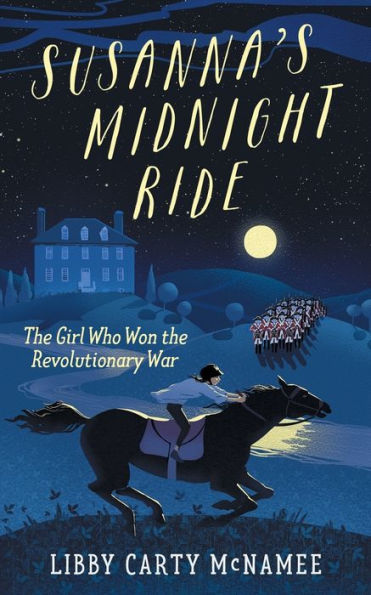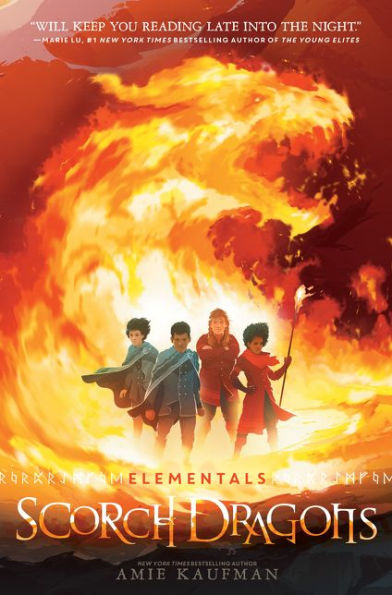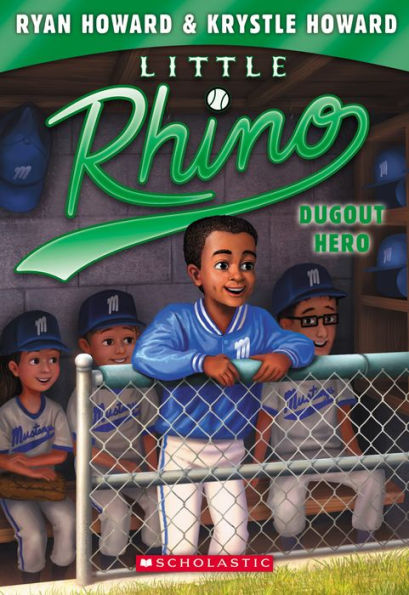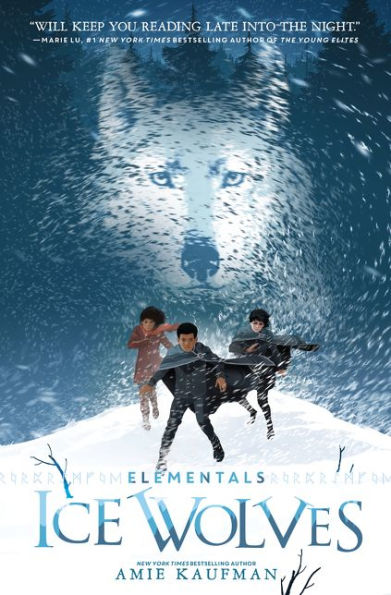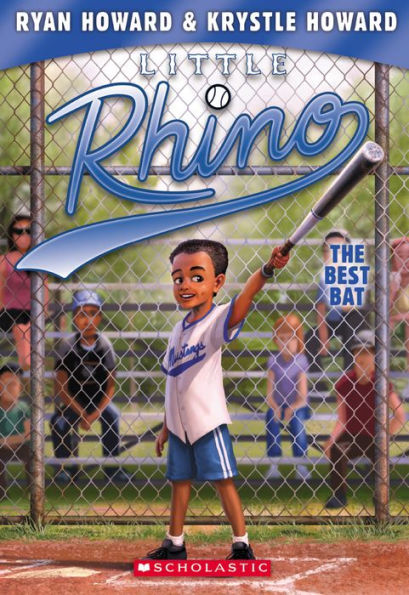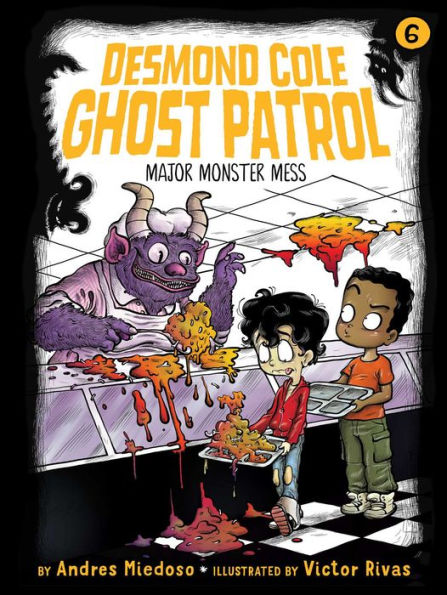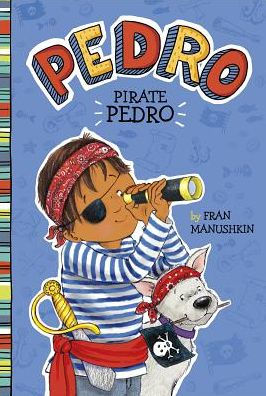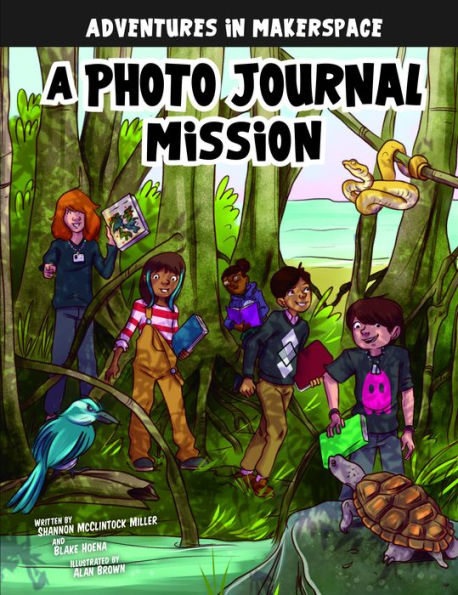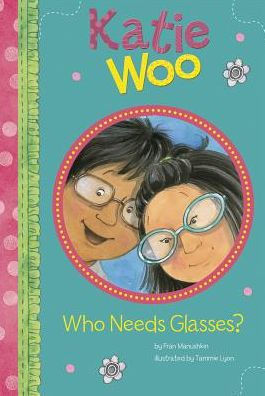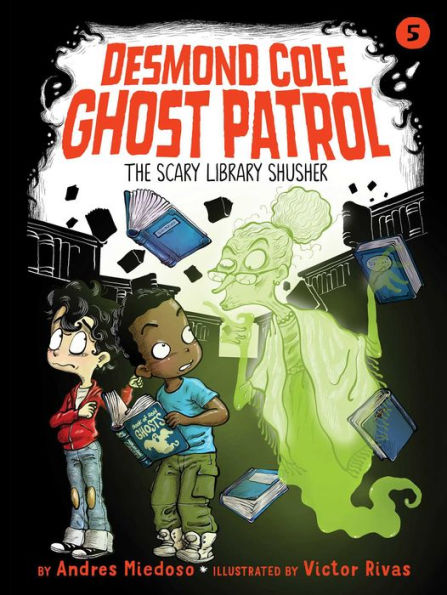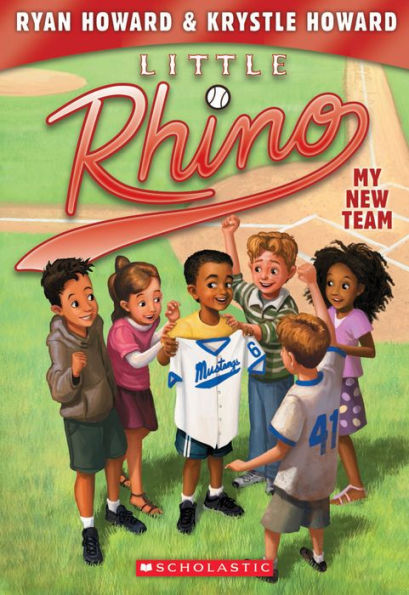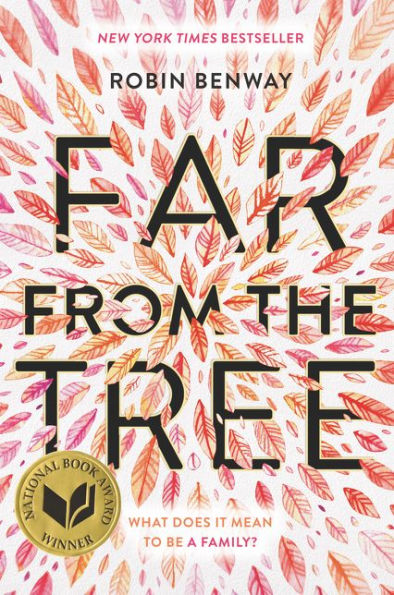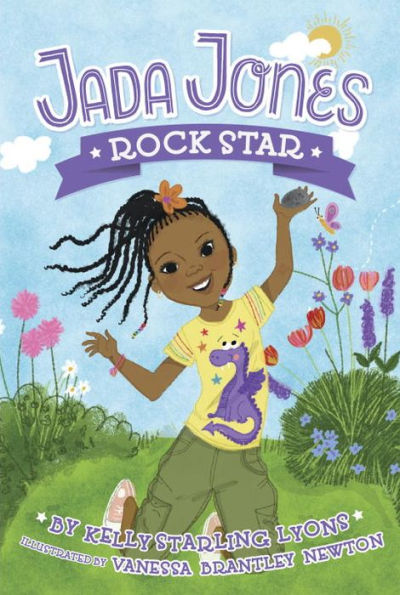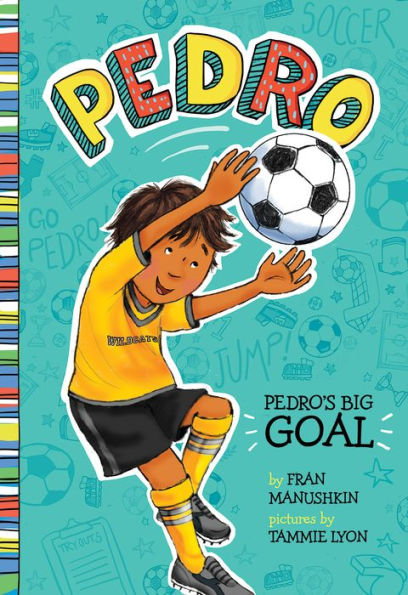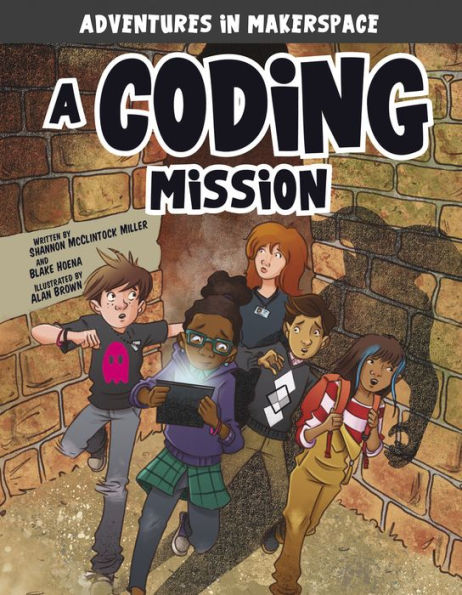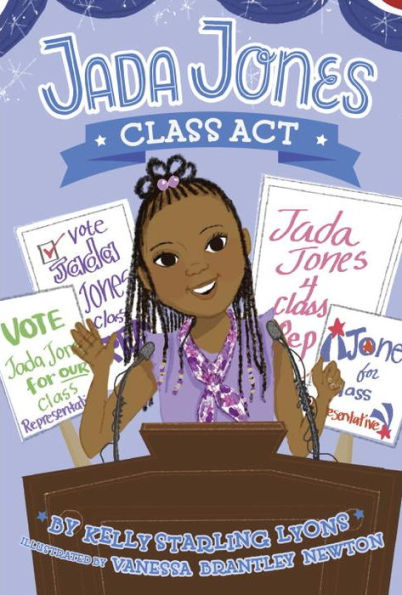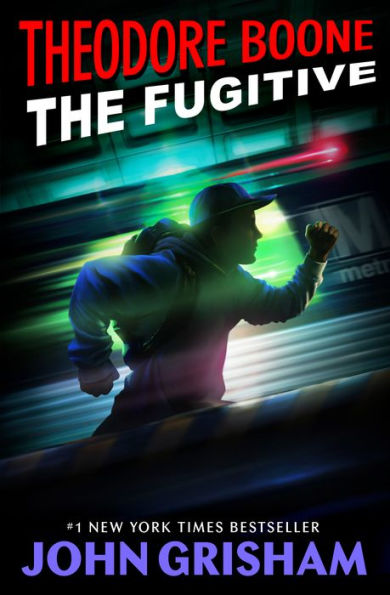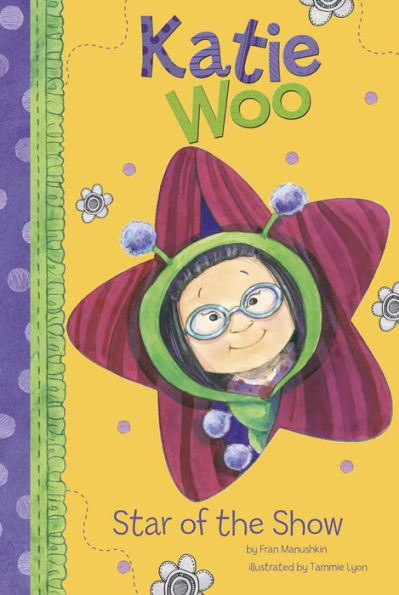Lena and Campbell aren’t friends.
Lena has her killer style, her awesome boyfriend, and a plan. She knows she’s going to make it big. Campbell, on the other hand, is just trying to keep her head down and get through the year at her new school.
When both girls attend the Friday night football game, what neither expects is for everything to descend into sudden, mass chaos. Chaos born from violence and hate. Chaos that unexpectedly throws them together.
They aren’t friends. They hardly understand the other’s point of view. But none of that matters when the city is up in flames, and they only have each other to rely on if they’re going to survive the night.
Told from both Lena’s and Campbell’s point of view, I’m Not Dying with You Tonight will grab readers’ attention right from the start. The chapters go back and forth between each character, which allows the reader to understand both girls’ prejudices and conflicts. Campbell is completely out of her element and has never taken the time to try to understand the people in her neighborhood. On the other hand, Lena has more layers, but talks in a stereotypical manner. As the girls try to survive the riot, each girl makes assumptions based on each other’s race and learns that their assumptions are often wrong.
The fast-paced story takes a look at white privilege and racism from the girls’ point of view. When the fighting first breaks out, Campbell sees the police as helpful, but Lena is fearful of their presence. In the end, both girls face loss because of the riot. Campbell’s father’s store is completely destroyed by looters, and Lena’s cousin is injured and arrested. Although Campbell cannot understand the rioters’ actions, Lena tries to explain “when you push people to their breaking point, and they ain’t got no power, they’ll find a way to take it.”
I’m Not Dying with You Tonight explores modern conflicts in an action-packed story that will keep teens interested. The authors do not leave the reader with any solutions to the problem, but instead, give them many questions that they will want to discuss. The story will cause readers to ponder racial issues, but they will also see how they should try to get to know people that are different than themselves. The story also highlights the importance of choosing friends well. As Lena’s cousin Marcus says, “He can be an eagle, but if he chooses to flock with pigeons, he gone’ have pigeon ways.”
Sexual Content
- Lena’s boyfriend kisses her. While saying goodbye, Lena leaned “over to hug him, and he smells as good as I expected. I almost don’t want to let go. I lift my face for him to kiss me and melt into him. His soft lips press against mine, and it feels like sun rays warming my skin.”
- At the end of the night, Black tries to kiss Lena, but “I turn my head and his lips land on my cheek. I’m not feeling it right now.”
Violence
- While at a school football game, two men begin fighting and start a riot, which continues until the end of the book. When the fight first begins, “The boys clash, chests bumping together, arm swinging. A boy stumbles, and his knee hits the ground. Fists batter downward, pummeling his head, his shoulders. His mouth is open in a cry I can’t hear.”
- During the fight, Officer Kersey shows up and tries to stop two guys from fighting. One of the guys, Gabriel, goes to throw a Coke on a kid, but hits the officer instead. “Officer Tate, grabs Gabriel by the back of the shirt and yanks him up until his heels leave the ground. The collar of his shirt pulls on his neck. Gabriel’s flapping around.”
- An officer “elbows a girl in the chest. I didn’t see what she was doing, other than running in his direction. . . He hits her, though, hard and violent, and she falls to the ground a cries out.”
- During the fight, someone shoots a gun. A police officer is shot, but it is not described.
- Two girls begin fighting. “They wrestle until one girl scrambles up, her bright yellow tank top now smeared with dirt. The other girl cowers on the ground. Yellow Tank windmills her arms, battering and snatching until she comes away with a fistful of hair.”
- A car hits a woman and “she goes flying forward and crashes through a group of people in a line for the club. . . The woman’s on the ground. A few people crouch down by her, and the crowd surges . . . Someone grabs the driver and hauls him from the car, flinging him onto the street.”
- Lena and Campbell walk into an area where there are bars and shops trying to get away from the riot. But soon a riot breaks out in the streets and “a bottle flies through the air right over me. What the hell? I barely duck in time to keep my head on.”
- Someone “chucks a liquor bottle that smashes through the window of the SUV. . . Someone done lit a T-shirt on fire and threw it at a car.” A fire starts and soon people are looting.
- The girls hide in a shop and watch as a man uses a cone to break car windows. “Out in the street, someone comes up behind the cone guy and wallops him. They start pushing and shoving. . . Mostly, this seems like a massive crowd fighting and destroying stuff.” The man throws the cone into a bar and grill. “Instant uproar. Tables topple. The trendy fire pit in the middle of the patio falls over. Something catches, maybe a table cloth, and with a whoosh, flames flicker to life.”
- As the girls try to find a safe place, “people are running everywhere, getting knocked over. Someone bumps us, and we fall on a pile of people. I land on my back. My elbow drags along the pavement, skin ripping open and collecting gravel.”
- Lena’s cousin Marcus and her boyfriend Black get in a fight. Black “charges Marcus like a bull, headfirst into Marcus’s belly. They both hit the ground. These fools are rolling around on top of each other in the middle of the street, even though people are stampeding like a game of Jumanji started. . . Marcus accidently punches me in the arm.”
- A cop hits Marcus with a baton. “I see Marcus’s mouth open in a scream, his arms go up, swinging wildly. The baton comes down again. And again. Marcus’s body falls forward, his forehead cracks against the asphalt, so loud I can hear it over all the other noise.”
- One of Lena’s boyfriend’s friends pulls a gun and points it at them. Black jumps towards the man with a gun. “A gunshot. Me and Campbell drop to the ground. . . Black goes for the steel. Peanut sticks him in the jaw, but Black is still able to knock the pistol away.” Black’s friends drive off without him.
Drugs and Alcohol
- One of Lena’s friends doesn’t say goodbye because “that’s the last thing her mom said to her before she passed away from a heroin overdose.”
- A boy who was in the concession stand was selling weed.
- Before Campbell moved, she used to “like playing foosball in Megan’s parents’ basement and sneaking cans from her dad’s beer fridge.”
- Lena’s cousin “went to jail because he got caught with a little weed in his car.”
Language
- Profanity is used often. Profanity includes: ass, bitch, crap, damn, fuck, hell, holy crap, and piss.
- “God,” “My God,” and, “Jesus” are used as exclamations occasionally.
- Lena’s cousin warns her against dating Black. He says, “I don’t like to call a black man a nigga, but that’s a nigga.”
- Someone calls a man a “damn cracker.”
- While at a football game, Lena goes to the concession stand and thinks, “I damn near have to crawl over the nasty-ass counter to get the attention of the chick hanging out back there.”
- While trying to find a ride home, Lena and Campbell pass a group of men “passing joints.”
Supernatural
- None
Spiritual Content
- Lena “sends up a quick prayer” that her ride hasn’t left without her.


